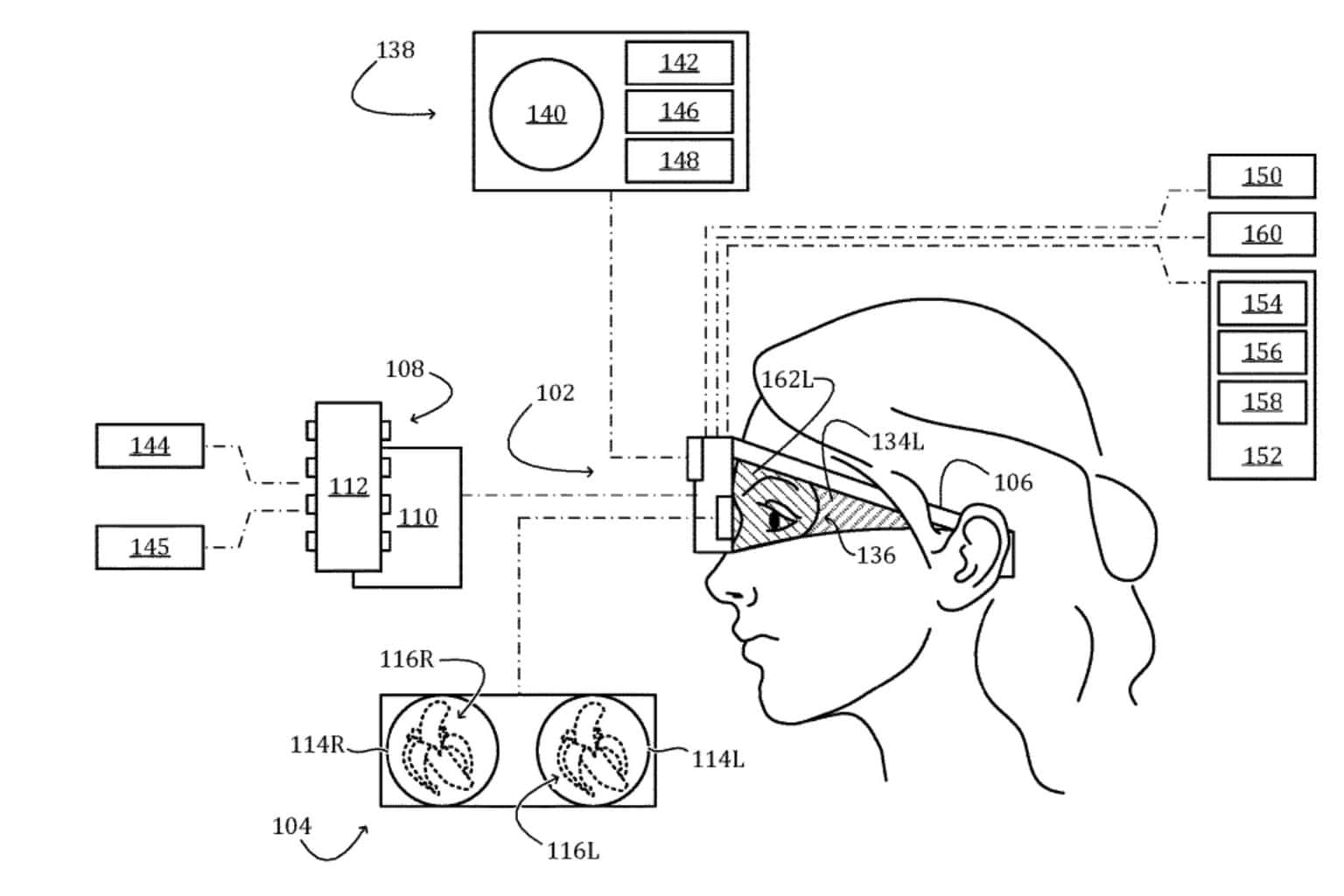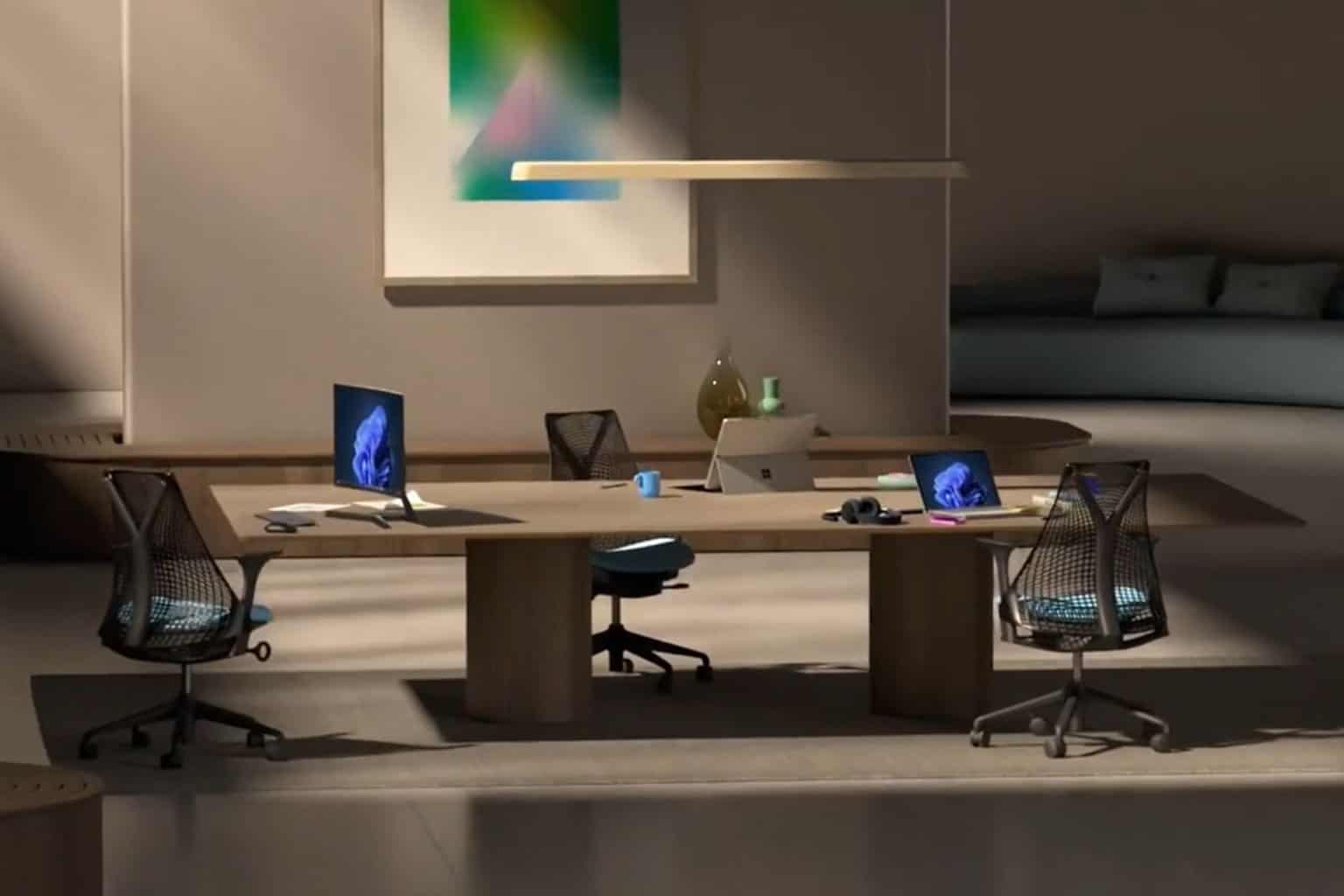Download the October 2021 Patch Tuesday updates
6 min. read
Updated on
Read our disclosure page to find out how can you help Windows Report sustain the editorial team Read more
Key notes
- As you already know, Patch Tuesday updates enhance and add new features to the Windows OS.
- The number of updates, fixes, and improvements is bigger than it was in the previous month.
- Each cumulative update listed in this article comes with additional info and a direct download link.
- Windows 11 is almost out, and Microsoft announced the end of support for Windows 10 in 2025.

October is finally here and many users are excited to see what the next big feature update is all about.
Of course, today is also the day the monthly Patch Tuesday updates go live, and as always, they bring a host of new features, improvements, and fixes for the most common Microsoft bugs found over the last month.
Since each cumulative update is different for each version of Windows 10, it would be wrong to talk about a singular changelog, and that is why this article exists.
Not only will we be providing you with a detailed changelog of all the modifications brought to each major version of Windows 10, but we will also be providing you with direct download links from the Windows Update catalog.
[DIRECT DOWNLOAD LINKS] October 2021 Patch Tuesday
Windows 10 versions 21H1, 20H2, and 2004
Windows 10 v21H1 is the latest major version of Windows 10, and as such has the most experimental features on it.
Fortunately, most bugs that were first present when it was first made available have been weeded out, and this version of Windows 10 is far more stable.
Cumulative update name
Improvements and fixes
- Addresses an issue that prevents some applications, such as Microsoft Office and Adobe Reader, from opening or causes them to stop responding. This occurs on devices that are subject to Microsoft Exploit Protectionfor Export Address Filtering (EAF).
 NOTE
NOTE
Known issues
Windows 10, version 2004
- Devices with Windows installations created from custom offline media or custom ISO image might have Microsoft Edge Legacy removed by this update, but not automatically replaced by the new Microsoft Edge.
- This issue is only encountered when custom offline media or ISO images are created by slipstreaming this update into the image without having first installed the standalone servicing stack update (SSU) released March 29, 2021 or later.
 NOTE
NOTE
To avoid this issue, be sure to first slipstream the SSU released March 29, 2021 or later into the custom offline media or ISO image before slipstreaming the LCU.
To do this with the combined SSU and LCU packages now used for Windows 10, version 20H2 and Windows 10, version 2004, you will need to extract the SSU from the combined package. Use the following steps to extract the using SSU.
[DIRECT DOWNLOAD LINK]
Windows 10 version 1909
As the Redmond-based tech company said not long ago, Windows 10, version 1909 reached the end of service on May 11, 2021, for devices running the Home, Pro, Pro for Workstation, Nano Container, and Server SAC editions.
Devices still running this version of the OS will no longer receive monthly security and quality updates that contain protection from the latest security threats.
So, if you still want to receive security and quality updates, Microsoft recommends updating to the latest version of Windows 10.
Cumulative update name
Improvements and Fixes
- Addresses an issue that prevents some applications, such as Microsoft Office and Adobe Reader, from opening or causes them to stop responding. This occurs on devices that are subject to Microsoft Exploit Protection for Export Address Filtering (EAF).
[DIRECT DOWNLOAD LINK]
Windows 10 version 1809
This version of the OS is outdated and will no longer receive any updates from the tech company. Users that are still running this old version on their devices are strongly advised to choose a more recent one to update to.
If you still want to use Windows 10 and are not willing to upgrade to 11, you don’t have to do so right away. After all, Microsoft announced that the support for Windows 10 will go on until 2025.
Cumulative update name
Improvements and fixes
- Addresses an issue that prevents an internet print server from properly packaging modified printer properties before sending the package to the client.
- Addresses an issue that prevents some applications, such as Microsoft Office and Adobe Reader, from opening or causes them to stop responding. This occurs on devices that are subject to Microsoft Exploit Protection for Export Address Filtering (EAF).
Known issues
- After installing KB4493509, devices with some Asian language packs installed may receive the error, 0x800f0982 – PSFX_E_MATCHING_COMPONENT_NOT_FOUND.
- After installing KB5001342 or later, the Cluster Service might fail to start because a Cluster Network Driver is not found.
[DIRECT DOWNLOAD LINK]
Windows 10 version 1607
This is one of the older OS versions, that Microsoft first released back in August 2016. Apparently, the Redmond-based tech company still feels like there is room for improvement here.
- Updates to remove Adobe Flash from your device.
- Updates for verifying usernames and passwords.
- Updates to improve security when Windows performs basic operations.
Cumulative update name
Improvements and fixes
- Addresses an issue that might prevent users from signing in to a domain controller using Directory Services Restore Mode (DSRM) over a Remote Desktop or a Hyper-V enhanced session.
- Addresses an issue that occurs when the Lightweight Directory Access Protocol (LDAP) bind cache is full, and the LDAP client library receives a referral.
- Addresses a redirector stop error that is caused by a race condition that occurs when the system deletes binding objects when connections close.
- Addresses an issue that prevents the deletion of Immediate Tasks when their deletion timer activates, such as when you configure Group Policy preferences for Immediate Task actions.
- Addresses an issue with Enterprise Mode Site List redirection from Internet Explorer 11 to Microsoft Edge. In certain circumstances, the redirection opens a site in multiple tabs in Microsoft Edge.
- Addresses an issue with the just-in-time (JIT) behavior of jscript9.dll.
- Addresses an issue that prevents an internet print server from packaging a driver to send to the client.
- Addresses an issue with a non-paged pool (NPP) leak from the UxSF pool tag. This leak occurs when lsass.exe stops processing asynchronous Security Support Provider Interface (SSPI) calls.
- Implements a Group Policy setting for the following registry value:Registry location: HKLM\Software\Policies\Microsoft\Windows NT\Printers\PointAndPrintValue name: RestrictDriverInstallationToAdministratorsValue data: 1For more information, see KB5005010.
- Adds the ability to configure period or dot (.) delimited IP addresses interchangeably with fully qualified host names in the following Group Policy settings:
[DIRECT DOWNLOAD LINK]
Was this article helpful to you? Let us know in the comments section below.








